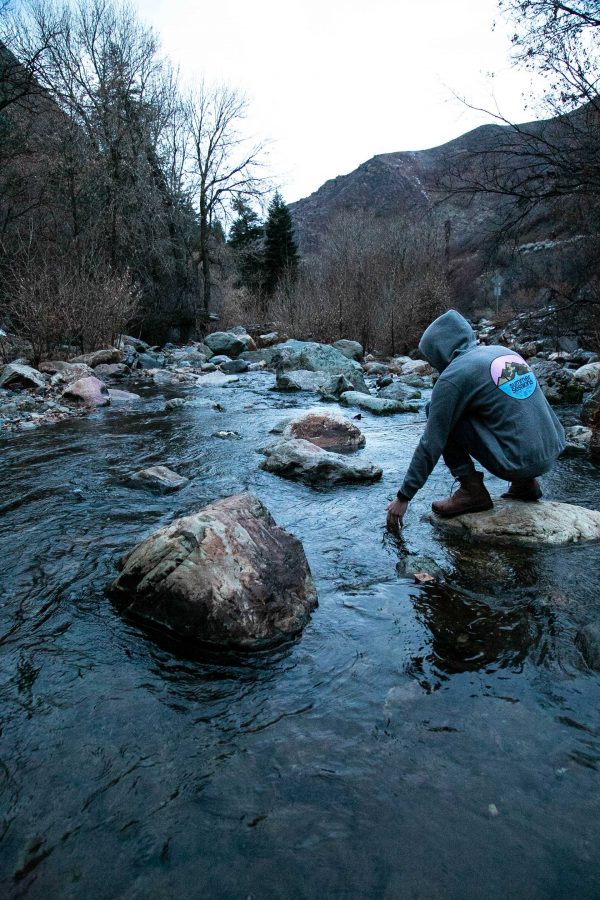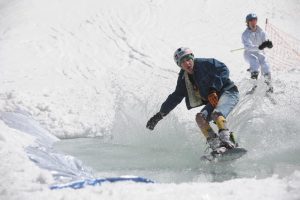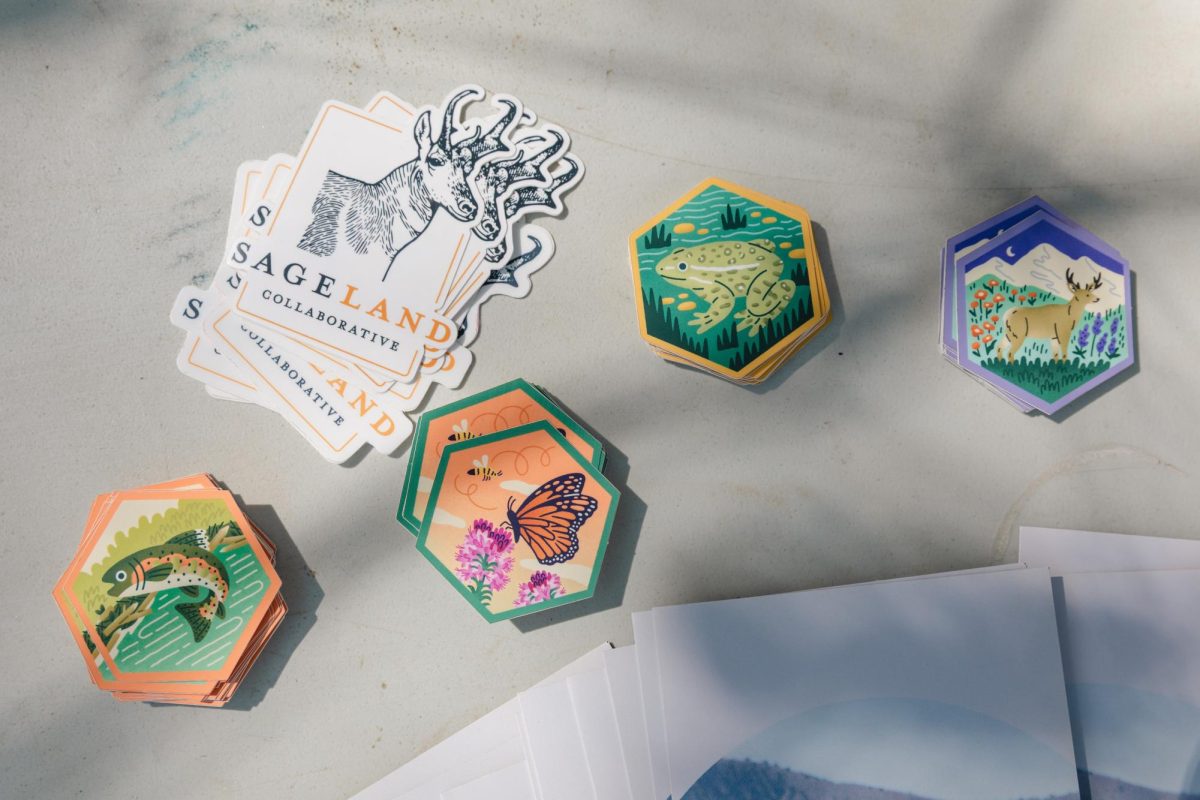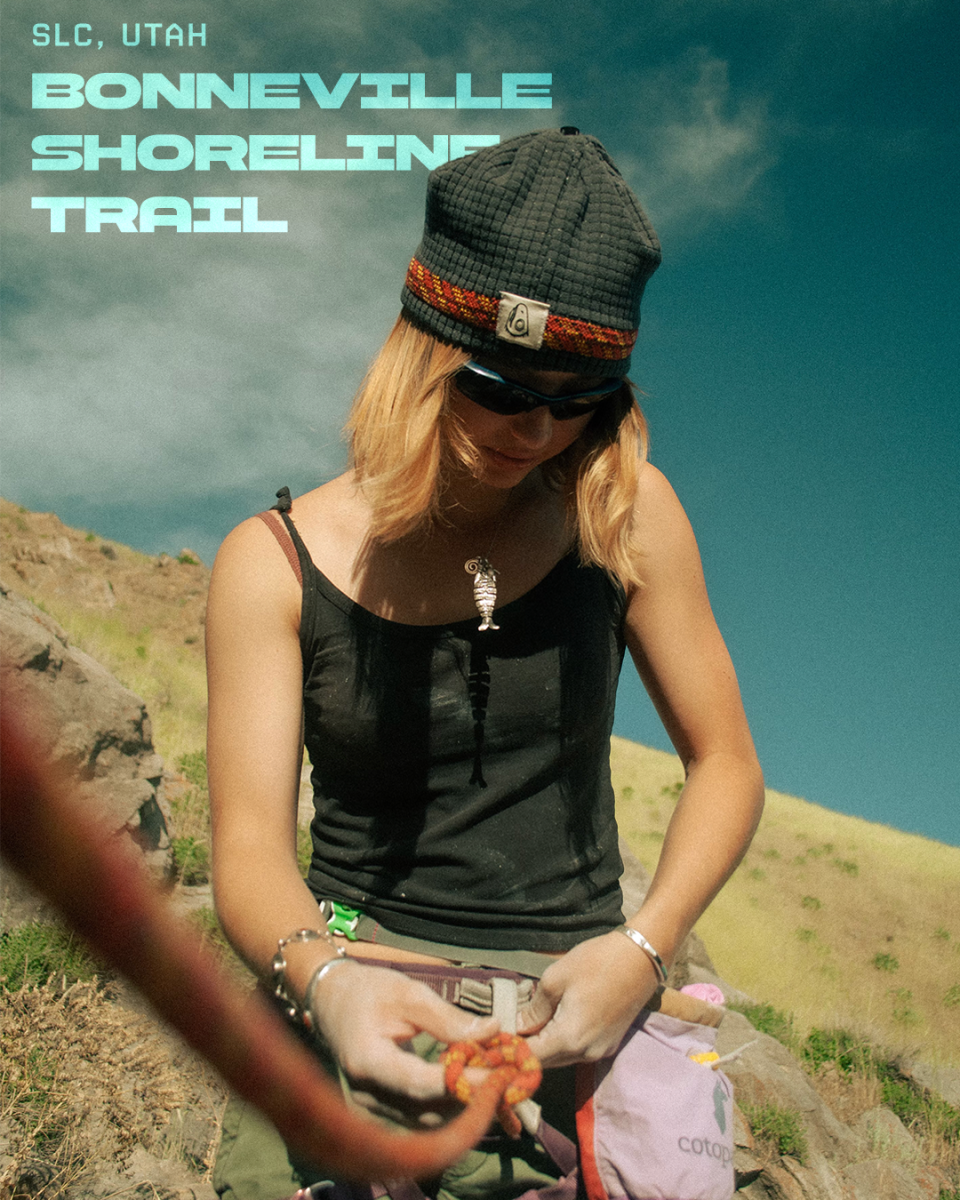The Importance of Protecting Utah Watersheds
December 1, 2018
Utah’s sprawling wilderness grants access for adventure-seekers to some of North America’s most beautiful landscapes. However, not all lands are meant to be trekked through by humans or their pets.
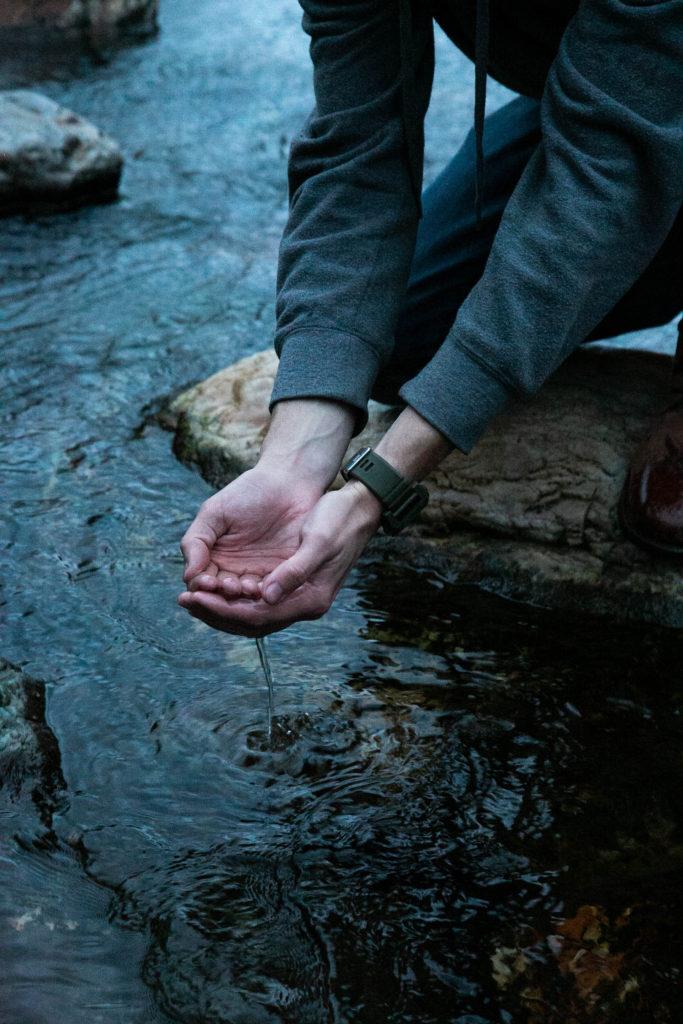 Because of Utah’s dry, desert climate, the state has many protected watershed areas. A watershed is a plot of land which collects rain and snowmelt and moves it to rivers and streams, eventually depositing the water into bays, reservoirs, and oceans. Utah has two primary watersheds: the Great Basin and the Upper Colorado, as well as 10 watershed management units. Many of these protected areas are enticing to hike and camp in thanks to their natural beauty, yet it is paramount to understand and respect the importance of maintaining these watersheds.
Because of Utah’s dry, desert climate, the state has many protected watershed areas. A watershed is a plot of land which collects rain and snowmelt and moves it to rivers and streams, eventually depositing the water into bays, reservoirs, and oceans. Utah has two primary watersheds: the Great Basin and the Upper Colorado, as well as 10 watershed management units. Many of these protected areas are enticing to hike and camp in thanks to their natural beauty, yet it is paramount to understand and respect the importance of maintaining these watersheds.
One watershed which falls within heavily trafficked lands is the Jordan River Watershed. According to the Salt Lake County Watershed Planning and Restoration Department, the Jordan River Watershed drains a 3,805 square mile basin, making it one of the largest watersheds in the state. Seven main waterways (Little Cottonwood Creek, Big Cottonwood Creek, Mill Creek, Parley’s Creek, Emigration Creek, Red Butte Creek and City Creek) all drain into the river which eventually feeds into the Great Salt Lake. For the sake of preserving not only the Great Salt Lake but all waterways, we must recognize why the laws surrounding these watersheds are so strict and must be followed.
While some watershed areas vary in their restrictions, the majority restrict camping in non-developed locations, along with campfires, domestic pets, and swimming. Off-road vehicles, as well as fireworks, on the other hand, are prohibited in all watersheds. If you are anticipating visiting a watershed area and are uncertain of the restrictions, the best options are to research restrictions online ahead of time or carefully read the numerous signs at trailheads and around protected areas.
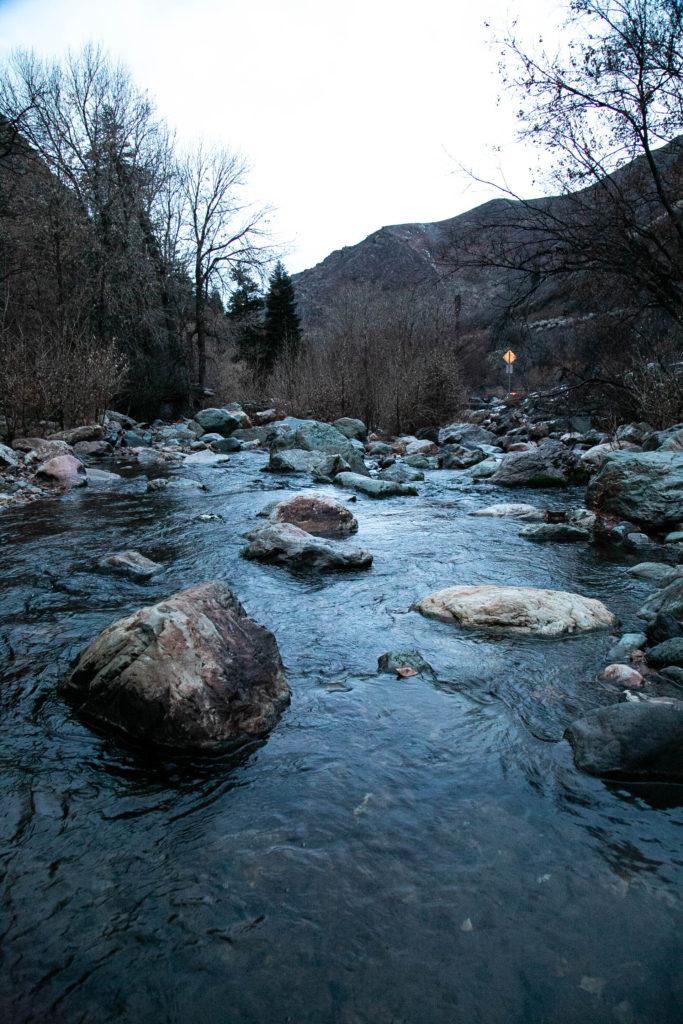 Many people think to themselves that breaking the laws just one time may not hurt, but this is false. These restrictions are vastly important in ensuring the purity and safety of drinking water for not only Utah but many surrounding states. Whether toxins from animal waste, or soil disruption from off road vehicles, even the seemingly smallest deviations from the rules can have adverse effects on watersheds.
Many people think to themselves that breaking the laws just one time may not hurt, but this is false. These restrictions are vastly important in ensuring the purity and safety of drinking water for not only Utah but many surrounding states. Whether toxins from animal waste, or soil disruption from off road vehicles, even the seemingly smallest deviations from the rules can have adverse effects on watersheds.
If protecting your local waters is not reason enough to follow these guidelines, Utah state laws mark breaking these laws as a Class B Misdemeanor for a first offense followed by Class A for a second. Yet rather than needing a law to keep you from endangering water sheds, keep in mind that our state just suffered greatly this summer from a lack of snow last winter. We experienced many wild fires, hazy air, and a tough drought. The next time you think about bringing your dog up Big Cottonwood Canyon or you think about wading around in City Creek, remember how crucial some of these water pathways are for our state and how crucial it is to keep these environments safe and in tact.


